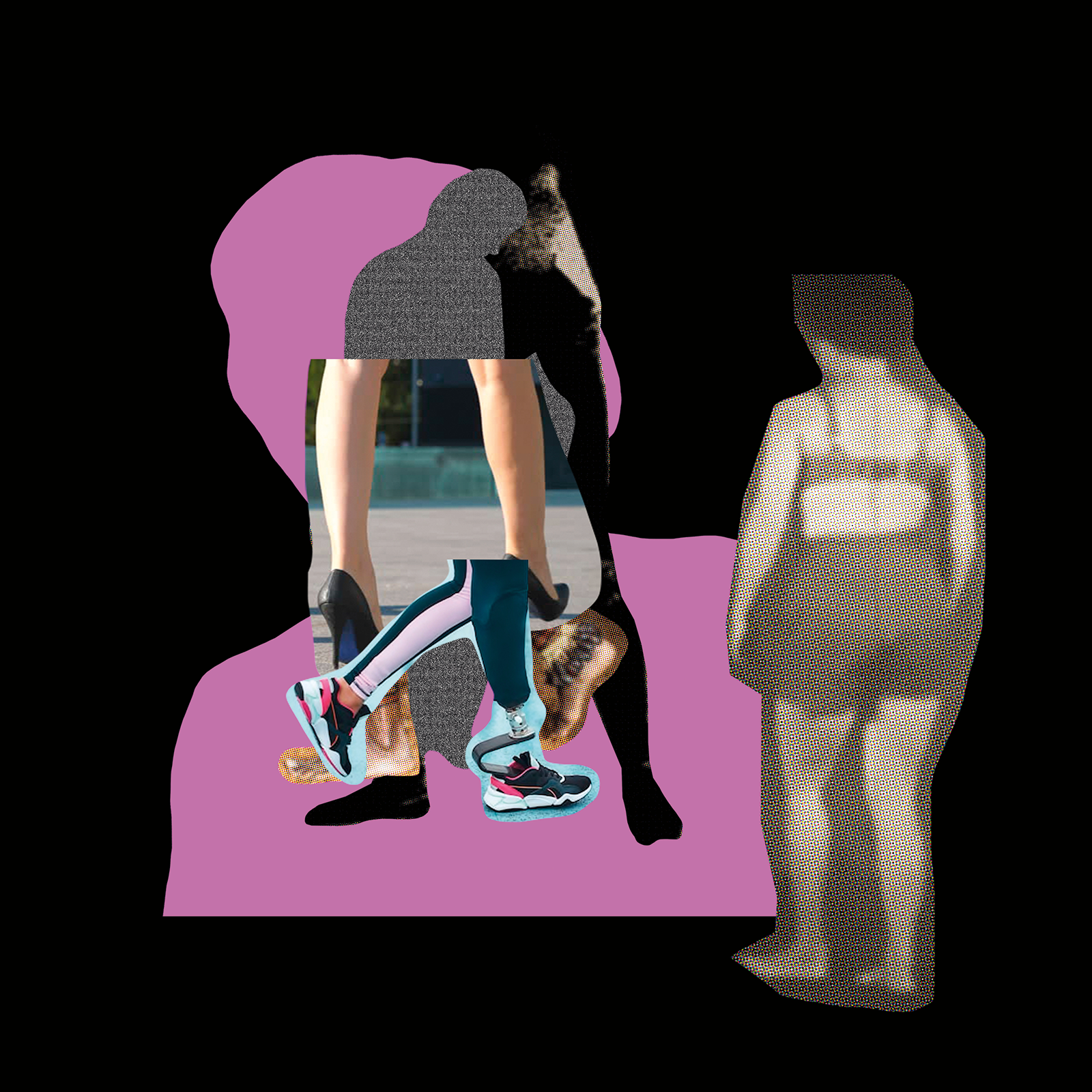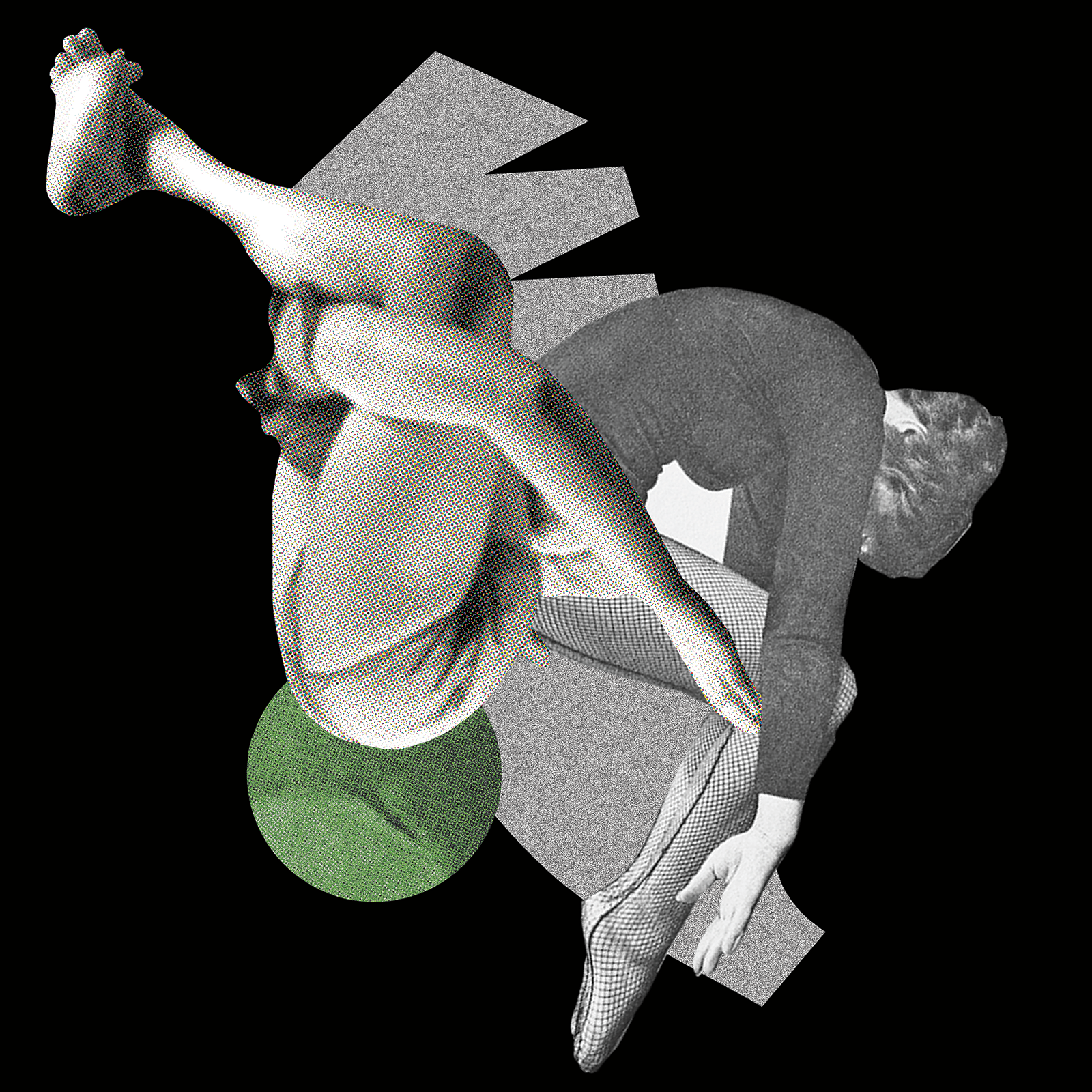Stories of Gestures (Installations)
Elisabete Finger | Brazil | Germany
Installations
Brazil | Germany
All ages
10'
18 Sep ∙ Monday ∙ 4:30 pm
Sesc Campinas | Espaço Arena-
Audio Description
-
Subtitles
-
LIBRAS (Brazilian Sign Language)
Entrada gratuita
Proposing a journey through some well-known but rarely interrogated gestures, Elisabete Finger’s video series brings together five episodes: “Standing”, “Falling”, “Sitting”, “Jumping” and “Spinning”. Each episode looks at the stories, transformations, and interactions of these gestures, in different times and contexts.
Through research in several archives, the video installation presents a collage of images in which photographs, paintings, drawings and graphics are mixed with excerpts from films, videos and choreographic works by artists from Brazil and other countries. Created from the book “Histoires de Gestes”, by the French authors Isabelle Launay and Marie Glon, the work presents critical readings and connections, exposing the political, social and economic tensions that intertwine with bodies.
STANDING
The first ancestors of human beings capable of standing upright, the gesture as a milestone of the motor development of babies, Leonardo da Vinci’s Vitruvian Man as a model of perfection and harmony, the choice of the bipedal-vertical body as the standard at the expense of many other bodies and postures, as well as the many approaches to verticality in dance, are some of the topics covered in this episode.
FALLING
From the force of gravity to the uses of language (falling out of fashion, falling in value, falling into oblivion); from accident to adventure; in the vertical society that we built, not only the body can fall; structures, beliefs, and truths can also fall apart. In dances, falling can be an embarrassment to be avoided, but also a choreographic gesture worked with great precision and control.
SITTING
Often related to rest or relaxation, the gesture is nevertheless present in several activities of daily life such as eating, drinking, watching, studying, driving, traveling, and working. It is the condition of existence or experience of the world for several disabled bodies, supported by wheelchairs for their mobility. The different uses of sitting, as well as its implications for the body, are explored by many dances.
JUMPING
The complexity and virtuosity of jumping in different contexts: mythologies, dances, sports, and combat techniques. In the Portuguese language, there are two words for the gesture: “saltar” (leaping) connotes a technical gesture, while “pular” (jumping) is part of our daily lives: we jump to avoid holes and puddles of water, to catch the bus, to pass through a door before it closes. Leaping and jumping are also associated with an upward impulse, which gives the gesture some symbolic characteristics imprinted in our imagination.
TURNING
The spinning motion would be present in the formation of our galaxy. Planets and celestial bodies keep turning to this day. From the macro- to the microcosm, turning can bring multiple meanings: return to the beginning, the passage of time, infinite flow. The gesture is present in many collective dances in different societies, children’s games, or the large spinning machines of amusement parks. What happens to the body when we turn, and the many ways the gesture has been approached by different choreographers, are some of the questions addressed in this episode.
PRODUCTION CREDITS
Direction and voiceover: Elisabete Finger;
Accompaniment and research adviser: Ana Teixeira;
Text: Elisabete Finger, in collaboration with Ana Teixeira having as a reference the texts by Christine Roquet, Sylviane Pagès, Sophie Jacotot, Isabelle Ginot e Isabelle Launay;
Advisers: Edu O. e Denny Neves;
Image search: Priscila Maia, Danielli Mendes e Matthieu Rougé;
Editing: Clara Soria (Ficar em Pé) e Matthieu Rougé – Estúdio Zut;
Sound recording: Alessa e Kaj Duncan David;
Sound treatment: Alessa;
Graphics: Marcio Pontes;
Accessibility: Museu Vozes Diversas – Coordenação Cíntia Alves;
Audio-visual and communication adviser: Murilo Moregola;
Dialogue and development support: Karine Legrand;
Production: Carolina Goulart e Corpo Rastreado;
Production assistants: Carolina Minozzi, Stephanie Cardoso e Ayeska Ariza;
Collage: Manuela Eichner;
Support: Goethe-Institut;
Presenters: Sesc TV.

